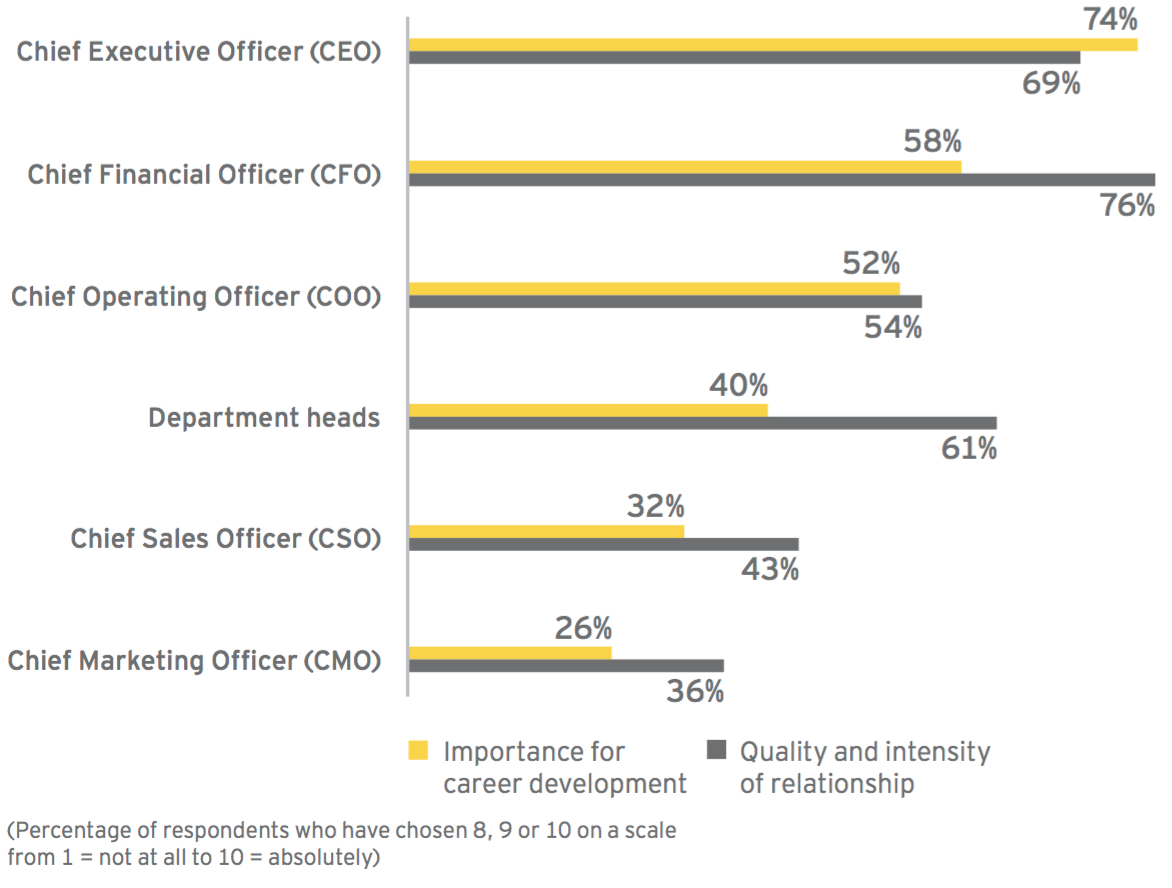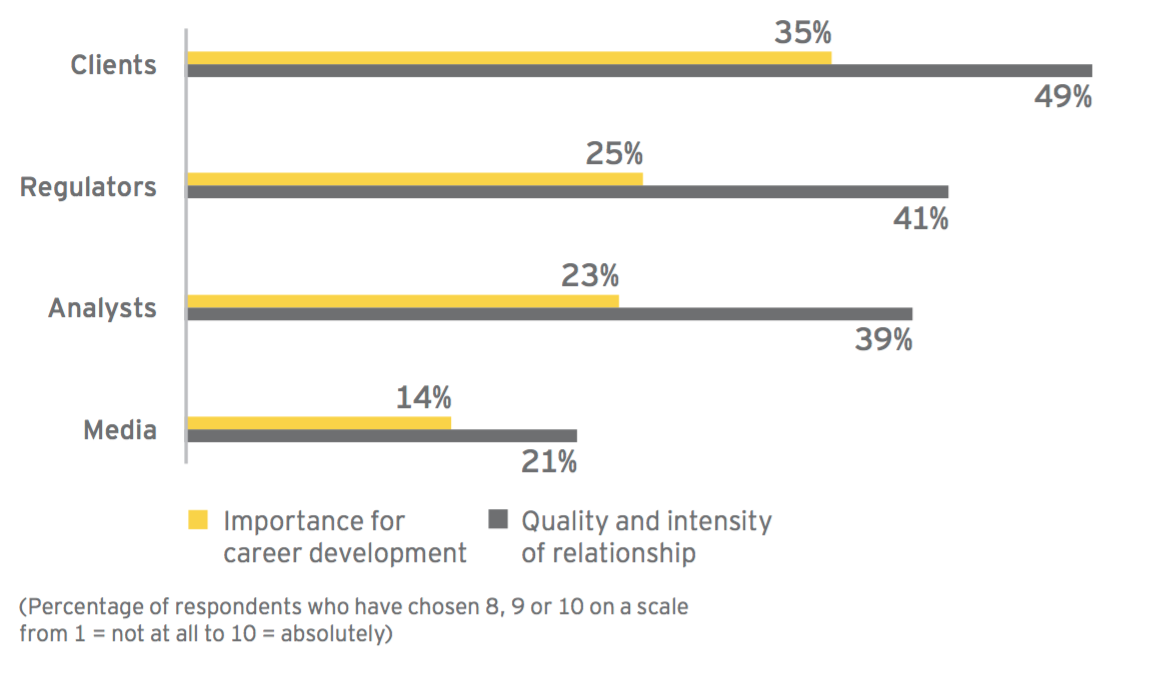According to CIO Magazine and Gartner 78% of CIOs are expected to be on the board by the end of 2016. However, a survey by Ernst and Young (EY) showed that in 2015 only 17% of CIOs had a position in the executive leadership team.
In this blog we will look at three aspects of the position of a CIO: what a typical C-suite would expect of a CIO; what challenges a CIO has to face in 2016; and how a CIO can secure their place in the C-suite.

What does the C-suite expect of the CIO?
EY surveyed 40 C-suite executives from non-IT functions, to understand their perspective on the role of the CIO. One of the implicit messages from the research was that the executive team does not place a strategic remit with the CIO – the primary expectations highlighted in the report being more tactical:
- The operational basics: Running reliable and cost-efficient IT systems
- Strong and tight security: Ensuring that IT security and risk are kept under control
- Technology consultancy: Providing for both long and short term an informed, business centric view of how IT can support and enhance the business
- Change leadership: Leading change management projects
- Flexibility: Being able to fit in with the shifting needs and demands of the business
The challenges a CIO has to face in 2016
As digitalisation becomes more intensive it will have an increasingly challenging impact on CIOs. The latest Gartner CIO agenda survey shows CIOs expect digital revenues to grow from 16% to 37% and in public sector to rise from 42% to 77% from digital processes.
Forbes has highlighted the top 10 challenges that a CIO in the US has to face in 2016 (see infographic below). The transformation in digital is increasing and more disruptive than ever before. Oracle in conjunction with Forbes states that a good CIO should have four attributes to be able to overcome these challenges in 2016:
- Creators of a new cultural outlook of new products and services, and of new capabilities, all of which are essential building blocks in their company’s digital transformation;
- Evangelists for cloud computing and its transformative potential, for social business, for data-driven decision-making, and for digital-first thinking throughout the organisation;
- Transformers of corporate culture as IT pivots from reactive responder to aggressive innovator; from “you’ll take what we give you” to “we’ll accelerate and enhance your initiatives”; and from analog paper-based processes to digital workflows and collaborative approaches driven by data;
- Accelerators of everything from product development to procurement, and from decision-making to deployment of resources as the shift to cloud computing liberates huge chunks of IT budgets and paves the way for truly customer-centric business.

How can a CIO secure their place in the C-suite?
Any top executive role brings with it the challenge of operating within an ecosystem of relationships. CIOs have recognised the importance of building relationships and trust with key internal stakeholders. Nearly three quarters (72%) of those surveyed by EY rated this as highly important.
“I think this has really changed in recent years. Rather than being a technical solutions provider, we’re now being called in to better understand the needs of both internal and external stakeholders to the business. You can’t do this without building a relationship with them first,” says Ibukun Adebayo, Director of IT at Turning Point, a UK-based Social Enterprise
 However, the question may arise which internal stakeholder relationships for CIOs are relevant. The report by EY ‘The DNA of the CIO’ states that 76% of CIOs have strong relationships with the CFO. Closely followed by the CEO, with whom 69% of CIOs state to have a relationship of quality and intensity.
However, the question may arise which internal stakeholder relationships for CIOs are relevant. The report by EY ‘The DNA of the CIO’ states that 76% of CIOs have strong relationships with the CFO. Closely followed by the CEO, with whom 69% of CIOs state to have a relationship of quality and intensity.

Attention also needs to be paid to key roles of external stakeholders. It is of high importance for a CIO to be in contact with clients to gain an understanding of the needs of the firm’s costumers. Nevertheless, only half of the CIOs polled in the EY study noted relationships with customers as a strength and only 35% consider it an important one to develop.
“I think in order to make the right decisions in IT, we need to understand very well where the money is coming from,” says Neste Oil’s Kari Keskiivari.